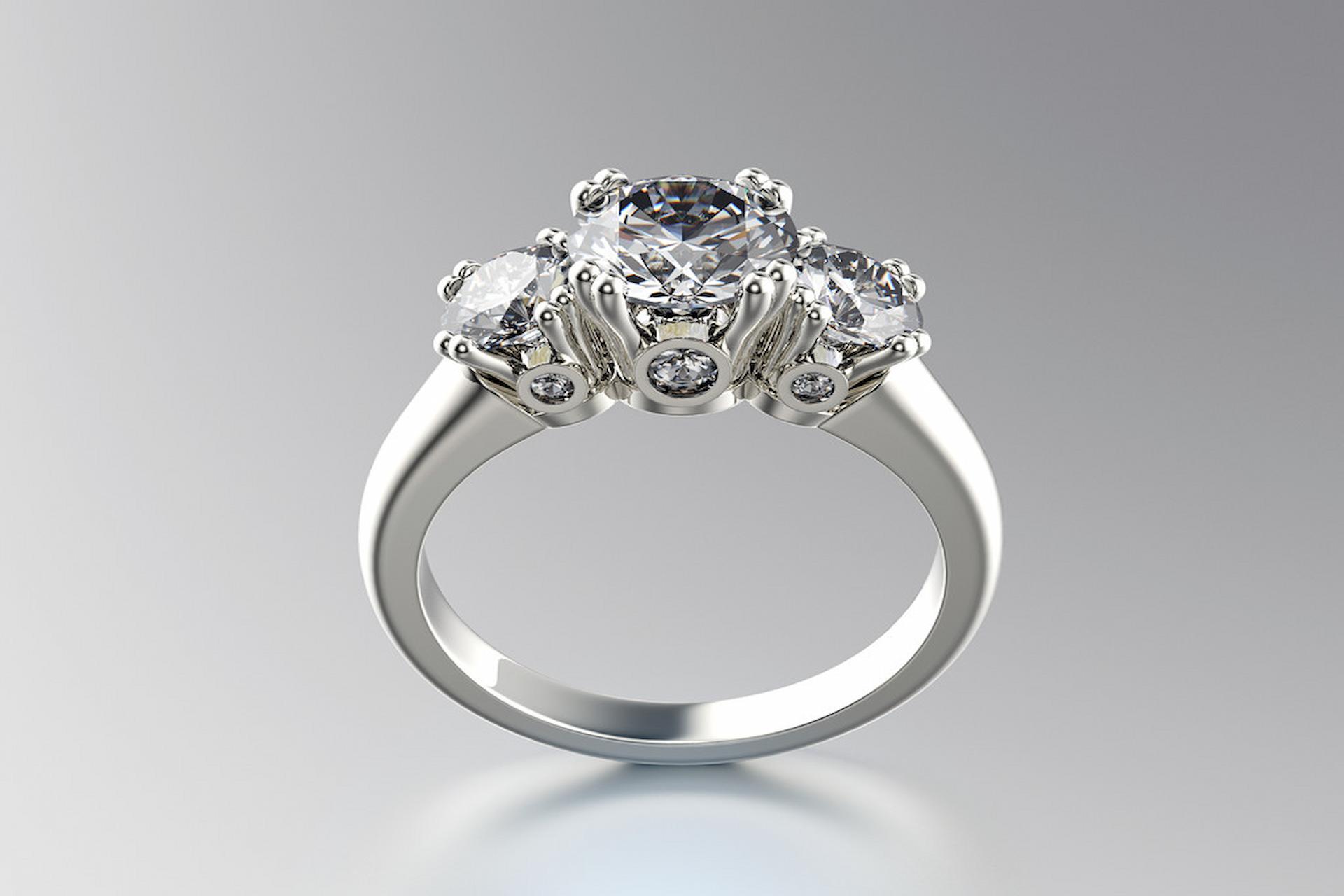The 1700s marked a significant period in the evolution of engagement rings UK, with an increasing appreciation for various gemstones that reflected personal tastes and societal values. During this era, engagement rings transitioned from simple bands to exquisite pieces adorned with gemstones that not only added beauty but also conveyed deep meanings. As romantic love began to take precedence over arranged marriages, the choice of gemstone became an essential element in expressing one’s commitment and affection.
One of the most beloved gemstones of the 1700s was the diamond. Although diamonds were not as widely available as they are today, their allure was undeniable. The diamond’s clarity and brilliance made it a symbol of strength, durability, and eternal love. As mining techniques improved, particularly with the discovery of new diamond sources, diamonds became more accessible, leading to their growing popularity in engagement rings. By the latter part of the century, diamond engagement rings were often seen as the ultimate symbol of romance, paving the way for the modern traditions we see today.
Sapphires were also a prominent choice during the 1700s. Known for their stunning blue hue, sapphires symbolized loyalty and nobility. The allure of this gemstone was heightened by its historical connections to royalty, making it a favored choice among the aristocracy. Couples often selected sapphires not only for their beauty but also for their symbolic significance, as they represented fidelity and commitment. Many engagement rings of the time featured sapphires set in intricate designs, often surrounded by diamonds, creating a striking contrast that enhanced the overall aesthetic.
Another gemstone that gained popularity was the emerald. Revered for its vibrant green color, emeralds were associated with love and rebirth. Their rarity and enchanting hue made them a desirable choice for engagement rings, especially among those who sought a unique alternative to more traditional stones. Emeralds were often set in ornate settings, allowing their rich color to shine through and making them a captivating focal point of the ring. The symbolism of the emerald resonated with couples who valued renewal and growth in their relationships.
Rubies also found their place in engagement rings during this period. With their deep red color symbolizing passion and desire, rubies were a fitting choice for couples deeply in love. This gemstone was often associated with nobility and courage, making it a favored option for those who wanted to make a bold statement. Rubies were frequently set in intricate designs that complemented their vivid hue, allowing them to stand out as a centerpiece in engagement rings.
The 1700s also saw a rise in the use of semi-precious stones, which offered a wider array of choices for couples seeking something distinctive. Amethysts, with their rich purple tones, were particularly popular among the middle class. They symbolized tranquility and balance, making them an appealing option for engagement rings that reflected personal significance. Other semi-precious stones like topaz and aquamarine also became favored choices, each carrying its own symbolism and charm.
The choice of gemstones was often influenced by regional availability and personal preferences. As trade routes expanded, jewelers gained access to a wider variety of stones, allowing for more intricate and personalized designs. The artistry of the time also played a significant role; craftsmen employed elaborate settings that showcased the beauty of each gemstone, enhancing the overall appeal of the rings.
In addition to the choice of gemstones, the craftsmanship of the rings themselves contributed to their allure. Jewelers employed techniques such as engraving and filigree work, which added intricate details that elevated the beauty of each piece. This artistry made engagement rings not just symbols of love but also works of art, each telling a story through its design and choice of gemstone.
In conclusion, the 1700s were a transformative period for British engagement rings, marked by a diverse array of gemstone choices. From the timeless beauty of diamonds to the vibrant hues of sapphires and emeralds, these gemstones reflected personal stories and cultural values. As engagement rings became cherished symbols of love and commitment, the choices made by couples during this era laid the groundwork for modern traditions that continue to evolve today. The legacy of these beautiful gemstones endures, reminding us of the significance and artistry inherent in the rings we choose to symbolize our love.
